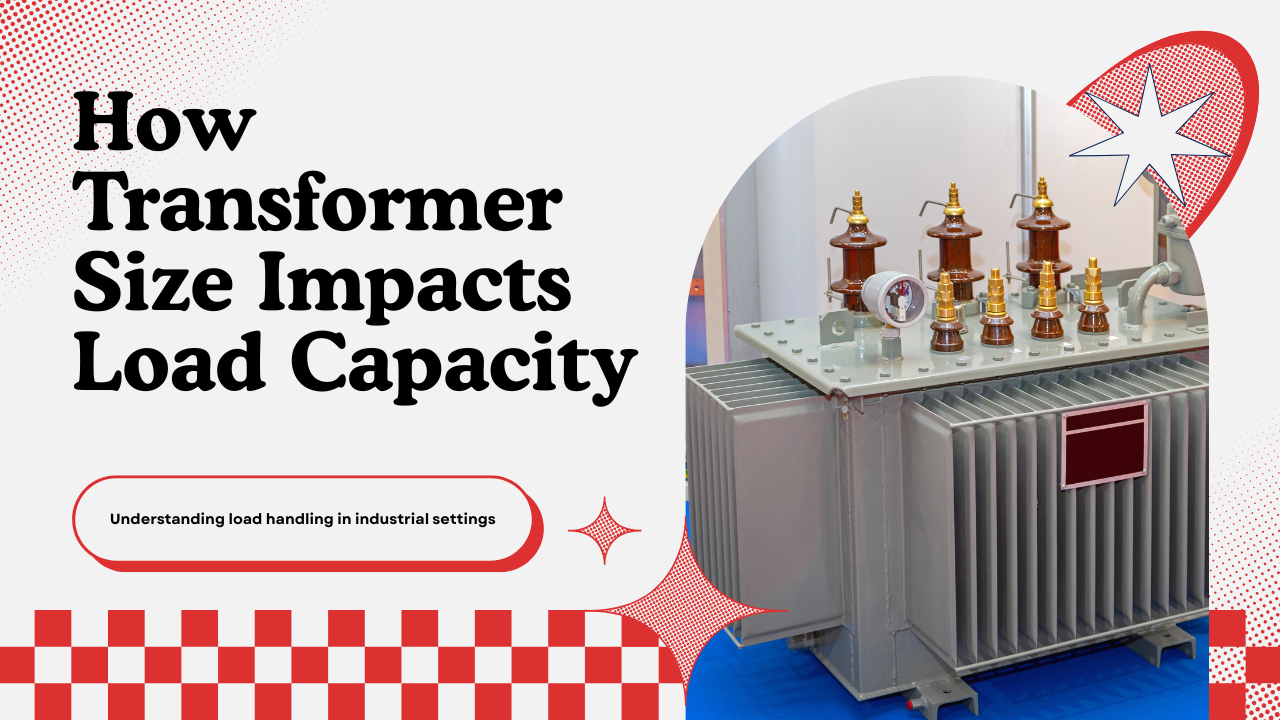

Every plant eventually grows past its first design. What worked five years ago feels tight now.
Machines run longer, production cycles move faster, and that transformer humming quietly in the corner starts to carry more than it was built for.
Sometimes the stress shows up on a meter. Other times, it sneaks in through warmer oil, louder fans, or shorter insulation life.
The match between transformer size and actual load doesn't just affect energy use. It decides how steady (or strained) your power delivery feels across the floor.
A transformer running near its rated limit day after day loses its margin to absorb surprises. One more process running late. One more motor kicking in.
That sudden load shift strains the windings and insulation every time.
Thermal buildup follows quickly. With less breathing room, internal temperatures rise faster, especially during back-to-back shifts.
What looks like an ordinary load profile on paper turns into long-term stress when the transformer doesn't have the mass or cooling capacity to absorb the peaks smoothly. A trusted transformer manufacturer in India can help design systems with adequate capacity to prevent such hidden stress.
Going bigger sounds safer, but there’s a balance to keep.
When a transformer runs too far below its rated capacity, core losses become a larger percentage of the total energy used. That means you're burning more power just to keep the unit energized, even when loads are light.
In plants with fluctuating schedules, oversized units also cycle less effectively.
Oil takes longer to warm up. Voltage regulation becomes less responsive. And over time, you pay more for capacity that your system doesn't really need—at least not consistently.
Transformer size touches several performance factors, even beyond basic capacity. Here’s where sizing choices leave a long tail:
Each of these areas plays out differently depending on what your plant looks like day to day. A steel mill doesn’t behave like a bottling plant, even if both pull similar energy volumes. Makpower ensures transformer sizing is optimized to meet diverse industry needs with precision.
Smaller units that run hot need earlier service. Tap changers, bushings, and connections fatigue faster when they carry more current per square inch of conductor or per unit of insulation.
This often shows up as small failures that snowball, like cracked seals, thermal hotspots, or minor leaks.
Larger units stay cooler, but maintenance costs rise elsewhere. Oil volumes increase. Spare part requirements shift.
Even routine testing takes longer. So the savings from longer insulation life sometimes get offset by broader upkeep needs.
Matching transformer size with actual plant behavior calls for more than just looking at the nameplate.
You need to know what that load feels like over time, and how the transformer holds up under it.
In our work (whether we’re supplying a new unit or supporting performance upgrades), we look at sizing through both the electrical and thermal lens.
That’s what helps the transformer stay stable through shifting production cycles, without requiring constant course correction. Get in touch with us to know more.